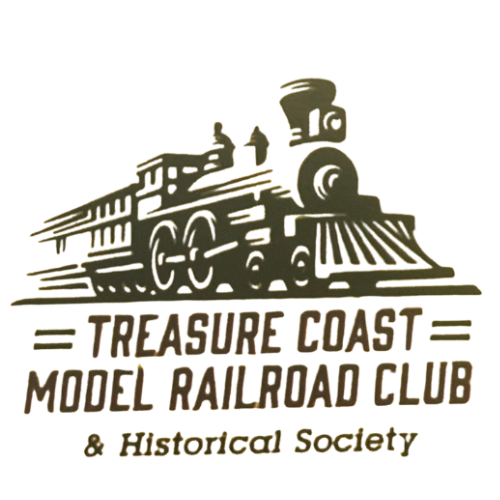Our Frequently Asked Questions
From Wikipedia, the free encyclopedia
HO or H0 is a rail transport modelling scale using a 1:87 scale (3.5 mm to 1 foot). It is the most popular scale of model railway in the world.[1][2] The rails are spaced 16.5 mm (0.650 in) apart for modelling 1,435 mm (4 ft 8 1⁄2 in) standard gauge tracks and trains in HO.[3] The name HO comes from 1:87 scale being half that of O scale, which was previously the smallest of the series of older and larger 0, 1, 2 and 3 gauges introduced by Märklin around 1900. In most English-speaking markets it is pronounced “aitch-oh” and written with the letters HO.
The TCMRR operates using DCC, which is an abbreviation for Digital Command Control.
DCC was developed in the 80’s and was released to the general public in the early 90’s. Traditional model railroads utilized DC (Direct Current). The rails of the layout were powered and locomotives received this power through their wheels to energize the electric motor. As the user increased the throttle, the voltage on the rails would also rise from 0 volts to a maximum of about 13 volts. The higher the throttle, the higher the voltage to the rails. The higher the voltage to the rails, the faster the locomotive would go. Simple, right?
Enter DCC; with DCC, the voltage on the rails is a constant 13 volts at all times. Each locomotive still has an electric motor and still receives it’s electricity through it’s wheels. However, each locomotive also now has a “decoder”, or “chip” on board. This decoder receives signals from the throttle through the rails. If the throttle sends a signal to increase speed, the decoder allows more voltage from the rails and through the wheels into the electric motor, and the locomotive thus goes faster. With DCC, you also now have the ability to control sounds, lights, and many other functions on each locomotive that was previously impossible to do on an old DC layout.
Wikipedia has a great article on the technicalites of DCC if you are interested: Click HERE
Each trestle was custom built, by hand, by our members. Each piece was individually cut from balsa wood and fitted to build the realistic looking trestles.
Slowly, by hand, one at a time! They operate on various voltages including 3, 5, 9 and 12 volts. Many have now been switched from bulbs to LED (Light Emiting Diode). LEDs are easier to work with than the old filament-style bulbs and have a much longer lifespan.
